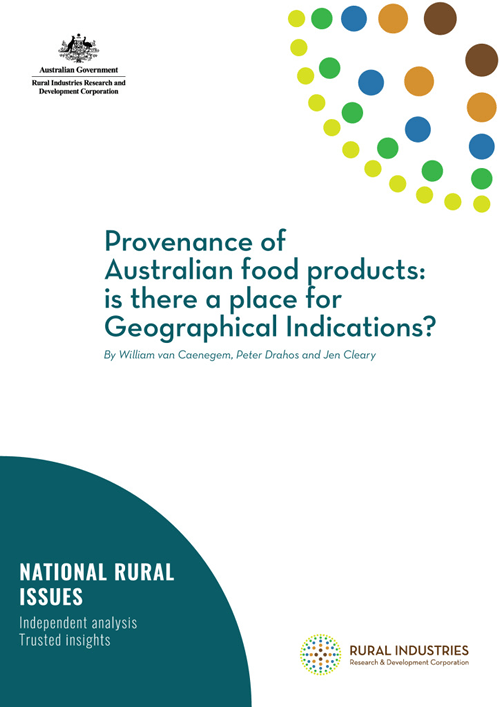In 1993 Australia passed legislation creating a system of registration for geographical indications (GIs) for wine, but not for non-wine food products. A GI (for example, Barossa Valley) indicates that a good possesses a special characteristic of some kind by virtue of its origin in a defined place. The policy question of whether Australia should introduce a GI registration system for non-wine food products has usually been approached through the lens of Australia’s agenda in trade negotiations (such as those in the World Trade Organization), especially the belief that most of the benefit of any globally increased protection for GIs would accrue to a small number of European countries.
While recognising that the international trade dimension is important to assessing the costs and benefits of GIs, in this Report we approach the topic not from a trade negotiations perspective, but from a regional development perspective. The use of GIs is generally justified on the basis that they offer rural regions development benefits in terms of greater investment in local value-adding, better incomes for farmers and greater employment opportunities for future generations. Our aim is to assess whether a food GI registration regime could be a useful tool to support rural and regional development in Australia.





